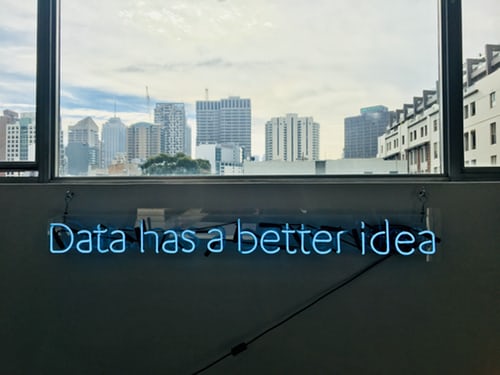what is deep learning
Deep learning is a machine learning technique that prepares computers for tasks normally with humans. For example, deep learning is a key technology behind driverless cars, enabling it to recognize the stop sign or distinguish a pedestrian from a lighting pole, or it is the voice control switch found in consumer devices such as phones, tablets and televisions.Deep learning is getting a lot of attention lately and for good reason; it achieves results that were not possible before
In deep learning, a computer model learns to perform classification tasks directly from images, text, or audio. Deep learning models can be highly accurate, sometimes exceeding human performance. Multiple layers.
How Deep Learning Works.
Computer programs that use deep learning go through the same process.Each algorithm in the hierarchy applies a non-linear transformation to its input, uses what it learns to create a statistical model as an output, and iterations continue until the output reaches an acceptable level of accuracy. The number of processing layers through which the data passes is called the deep layer.Because the similarity between this process and a system of human neurons, this form of learning is sometimes referred to as deep neural education or deep neural networks. Unlike a child who will take a few weeks or even months to understand the concept of a dog, a computer program that uses such learning algorithms can Show through training and sorting millions of images accurately, the ability to identify in which images appear dogs in a few minutes.
To reach a good level of accuracy, deep learning programs require access to vast amounts of training data and processing power, and those were not readily available to programmers until the era of big data and cloud computing.
Deep learning programming has the ability to create complex statistical models from its own iterative product, it is able to create accurate predictive models of large amounts of ungrouped and unstructured data, which is important because the Internet of Things (IoT) is still more prevalent, since most data Created by humans and machines are not organized and are not classified.
Its use today includes all kinds of big data analytics applications, especially those focused on Natural Language Processing (NLP), language translation, medical diagnostics, stock market trading signals, network security, and image capture.
Examples of deep learning applications
Because it processes information in ways similar to the human brain, these models can be applied to many of the tasks that people do. Deep learning is currently used in most common image recognition tools, NLP protocol processing and speech recognition programs, and these tools are beginning to appear in Such as self-driving cars and language translation services.The limits of deep learning
The biggest limitation to this learning process is that it is done through observations, meaning that information is limited only to what was in the data in which the models were trained, it mean that if the user has a small amount of data or a specific source that does not necessarily represent the broader functional area, Models will not learn in a way that can be generalized.The deviation issue is a major problem for deep learning models.If a model is trained on data containing deviations, the model will reproduce these deviations in its predictions.This was a troublesome problem for deep learning programmers because models learn to differentiate based on subtle differences in data elements. For example, the face recognition model may make decisions about people's characteristics based on things like race or sex without the programmer being aware of it.


